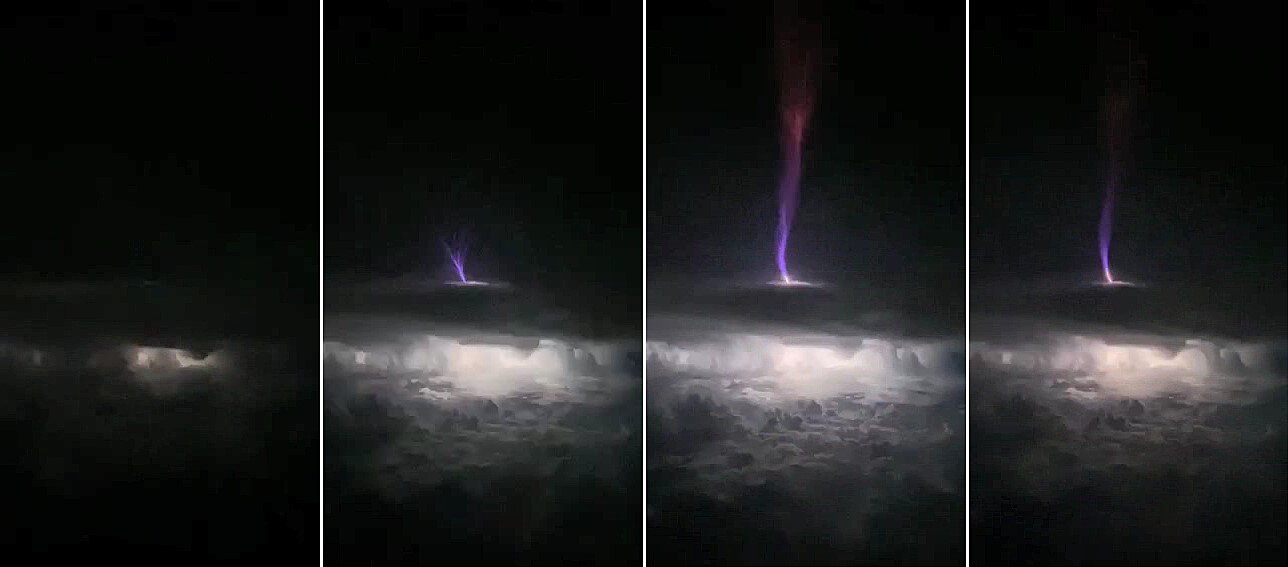The gigantic jet occurred on 14 May 2018 in southwest Oklahoma and was captured with a low-light camera located in Hawley, Texas.
It was the most powerful one studied so far, carrying 100 times more electrical charge as a standard thunderstorm lightning bolt.
The event was investigated by a multi-organisation research team and details of the study were published in Science Advances.
“We were able to map this gigantic jet in three dimensions with really high-quality data,” said Levi Boggs, research scientist at the Georgia Tech Research Institute (GTRI) and the corresponding author of the study.
“We were able to see very high frequency (VHF) sources above the cloud top, which had not been seen before with this level of detail.
“Using satellite and radar data, we were able to learn where the very hot leader portion of the discharge was located above the cloud.”

There is also a lot of variance in terms of frequency, their occurrences ranging from 1,000 per year to 50,000.
Boggs learned about this one in Oklahoma from a colleague who told him it had been photographed by a citizen-scientist with a low-light camera.
It has been speculated that when lightning shoots upwards, it is because the flow of charge downward or toward other clouds is being blocked by something.
“For whatever reason, there is usually a suppression of cloud-to-ground discharges,” Boggs said.
“There is a build-up of negative charge, and then we think that the conditions in the storm top weaken the uppermost charge layer, which is usually positive.
“In the absence of the lightning discharges we normally see, the gigantic jet may relieve the build-up of excess negative charge in the cloud.”
Gigantic jets could also impact the operations of satellites in low-earth orbit and other technology like over-the-horizon radars.






